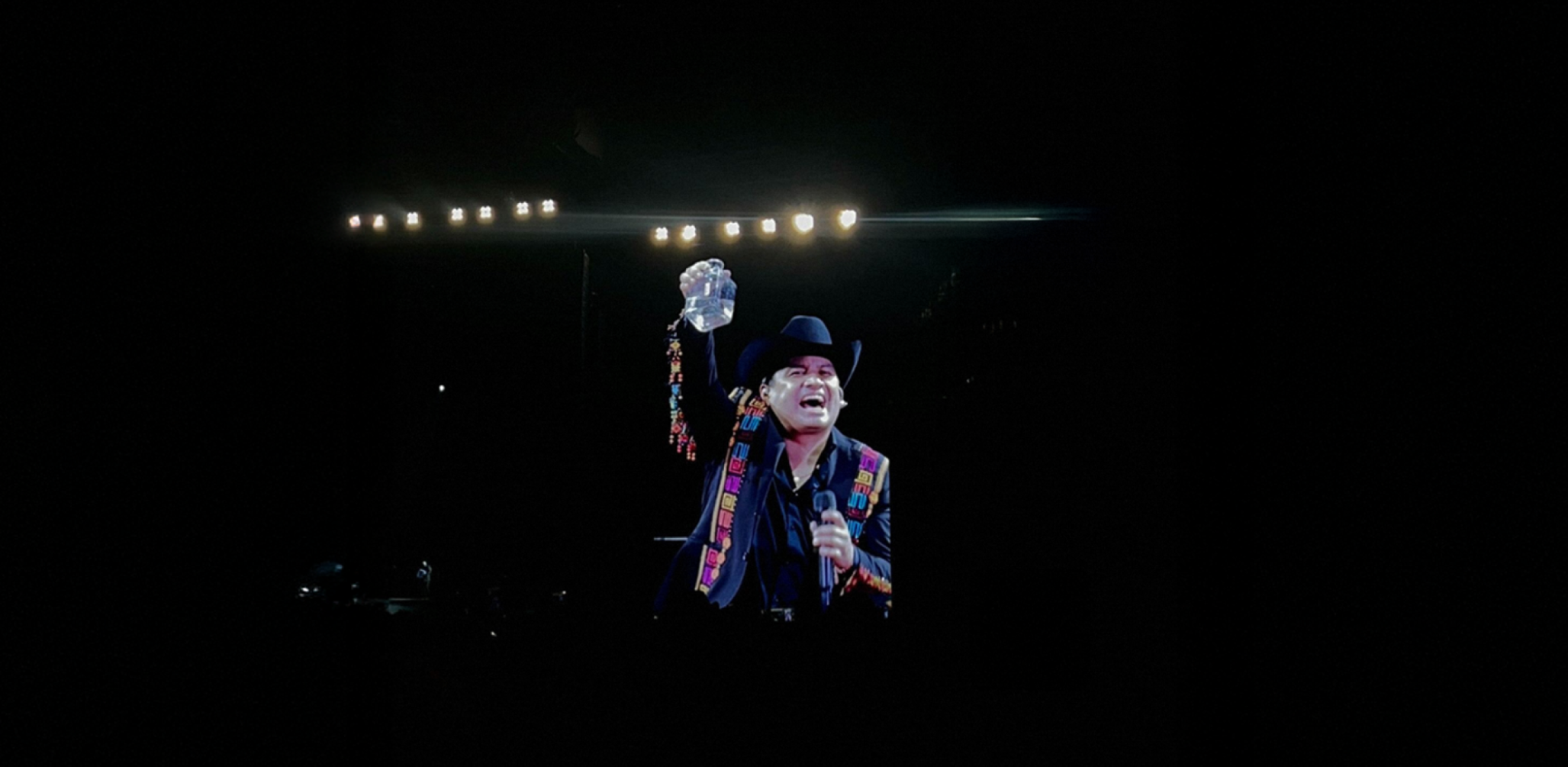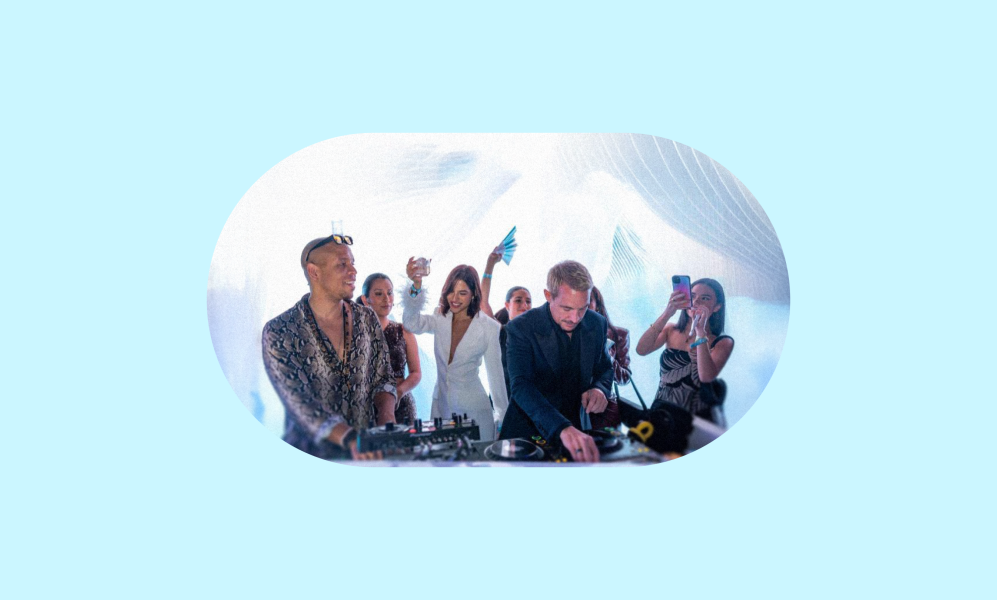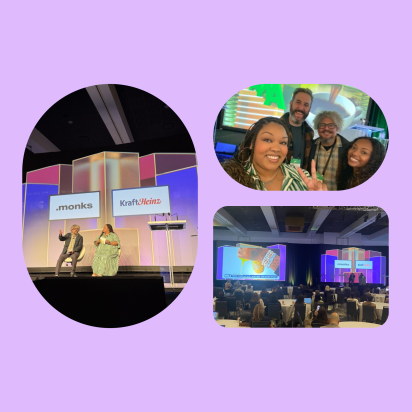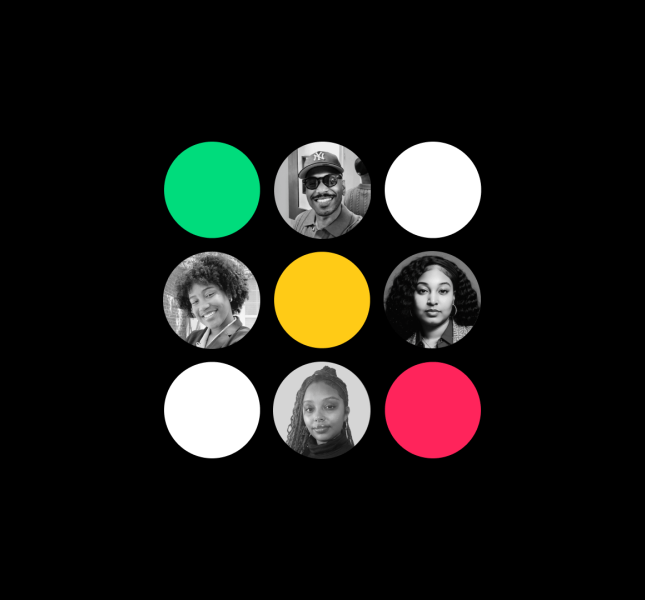Julión Álvarez at SoFi: Lessons for Brands on Cultural Connection

Julión Álvarez recently took the stage at SoFi Stadium—a landmark cultural event with significant implications for brands seeking meaningful connections with U.S. Latine audiences. Álvarez, a titan of traditional regional Mexican norteño music, became the first Latino act to sell out three consecutive nights at the venue, drawing over 150,000 fans—a powerful demonstration of cultural resonance, community mobilization, and economic influence that marketers cannot afford to ignore.
For brands aiming to engage authentically and tap into cultural currents, Álvarez's success offers a compelling case study in understanding and valuing the depth and dedication of America’s fastest growing consumer base. Let’s take a closer look at what his record-breaking run reveals about the evolving relationship between music, culture and brand opportunity.
Let’s look closer at this convergence of culture—and what it means.
Let's put Álvarez's achievement in perspective. Selling out three nights at SoFi Stadium places him in rarified air, joining global superstars like Beyoncé and The Rolling Stones in commanding such a massive audience draw at that venue. Only Taylor Swift (with six nights) and BTS (with four) have sold out more consecutive shows there. Known affectionately as "El Rey de la Taquilla" (The King of the Box Office) in Mexico, Álvarez's ability to replicate this status on a major U.S. stage underscores the immense power and reach of regional Mexican music stateside.
At a moment when Música Mexicana is the biggest genre within the latino music space, Alvarez represents a more traditional norteño sound, distinct from the genre blending sounds currently capturing mainstream headlines. His success highlights the rich range of musical sub-genres within the Latino market, the massive fan bases they attract, and the enduring appeal of cultural traditions passed down through generations. These concerts serve as not only musical performances, but also multigenerational gatherings, celebrations of heritage and powerful community symbols of cultural preservation.
The sheer scale of this engagement was palpable. Beyond ticket sales, the concerts have reportedly shattered SoFi Stadium's alcohol sales records. While specific figures remain unconfirmed, it points to an audience deeply invested in the experience: actively celebrating, participating, and—to the benefit of alcohol and spirits brands—spending. This level of enthusiasm and economic activity signals a potent opportunity for brands that understand how to connect respectfully and add value to these cultural moments.
Be present where culture comes alive.
The first lesson from Álvarez's success is the importance of showing up where cultural identity is actively being celebrated. Regional Mexican concerts, local festivals, community events—these are vital hubs of connection, pride, and shared experience of the Latine diaspora, often bringing together multiple generations of families. For brands, this means moving beyond generic national campaigns and identifying the specific spaces and moments that hold genuine significance for the communities you want to reach.
Consider collaborating with artists, promoters, local community leaders and venues that are already trusted voices. How can your brand enhance the experience for attendees? Can you facilitate connections, provide relevant services, or co-create content that respects and reflects the cultural context? It’s about understanding the nuances—the specific genres, the regional differences, the artists who truly resonate—and demonstrating a genuine interest in participating, not just advertising.
Are concerts on your culture calendar?
Many brands activate during designated periods like Hispanic Heritage Month, but true connection requires sustained effort. The audiences packing stadiums for artists like Julión Álvarez are deeply engaged, anticipating the event months ahead of actual attendance dates. Planning ahead and showing up for these highly anticipated tours is a cultural access point for brands that want to show up during times that really matter—not just during commercially convenient times.
Elevate identity, don't just brand it.
Perhaps the most crucial takeaway is the need to approach cultural engagement with respect and a desire to celebrate, not just capitalize. Going beyond surface-level moments and into the spaces and events that are becoming modern cultural celebrations for the Latino community is key to staying relevant. This expressive consumer group is actively shaping and expanding what heritage celebration looks like today. These events matter not because they land on a calendar date, but because they put pride, identity, and cultural connection in focus.
What brands tapped in?
While sponsorships and campaigns are one way to show up in modern cultural celebrations, for this digitally native, social-first segment, it can be as simple as acknowledging the connection between the moment and the brand online and in real-time. Take Selena Gomez’s Rare Beauty TikTok during one of Julión Álvarez’s concerts at SoFi—spotlighting their lip oil as a must-have for Latina concertgoers. The response? “Rare Beauty just gets it,” echoed fans in the comments.
This kind of resonance doesn’t happen by accident—it requires intention and, often, collaboration. Brands must ask: How does our message align with the values being celebrated in this moment? Are we reflecting the community, or just speaking at them? The most impactful activations go beyond checking a box—they reflect real cultural understanding. When done right, it signals that your brand doesn’t just see the Latino community—it values and understands the role they're taking in shaping their cultural celebration.
The takeaway: culture leads, brands should follow.
Julión Álvarez’s historic run at SoFi Stadium is a powerful reminder that the U.S. Latine market isn’t just diverse—it’s actively setting cultural trends and showing deep loyalty to artists and experiences that resonate authentically. For brand marketers, the opportunity isn’t about fitting this audience into existing frameworks, but about understanding how they’re reshaping long-standing traditions and creating new ones.
Just as much content and anticipation now surrounds Julión Álvarez’s tour or Bad Bunny’s Puerto Rico residency as it does around Noche Buena (Latino Christmas on December 24th). These are cultural moments that carry real weight.
The path forward requires real-time understanding of how this audience centers heritage and identity in celebration. Brands that recognize how events like a Julión Álvarez concert represent a cultural celebration, an alternative to the crowded and well worn traditional holidays, are poised to forge deep connections with today's modern multi-generational Latine audiences.The biggest cultural moments are happening now—the question is whether your brand is prepared to show up where culture leads.
Related
Thinking
Sharpen your edge in a world that won't wait
Sign up to get email updates with actionable insights, cutting-edge research and proven strategies.
Monks needs the contact information you provide to us to contact you about our products and services. You may unsubscribe from these communications at any time. For information on how to unsubscribe, as well as our privacy practices and commitment to protecting your privacy, please review our Privacy Policy.



